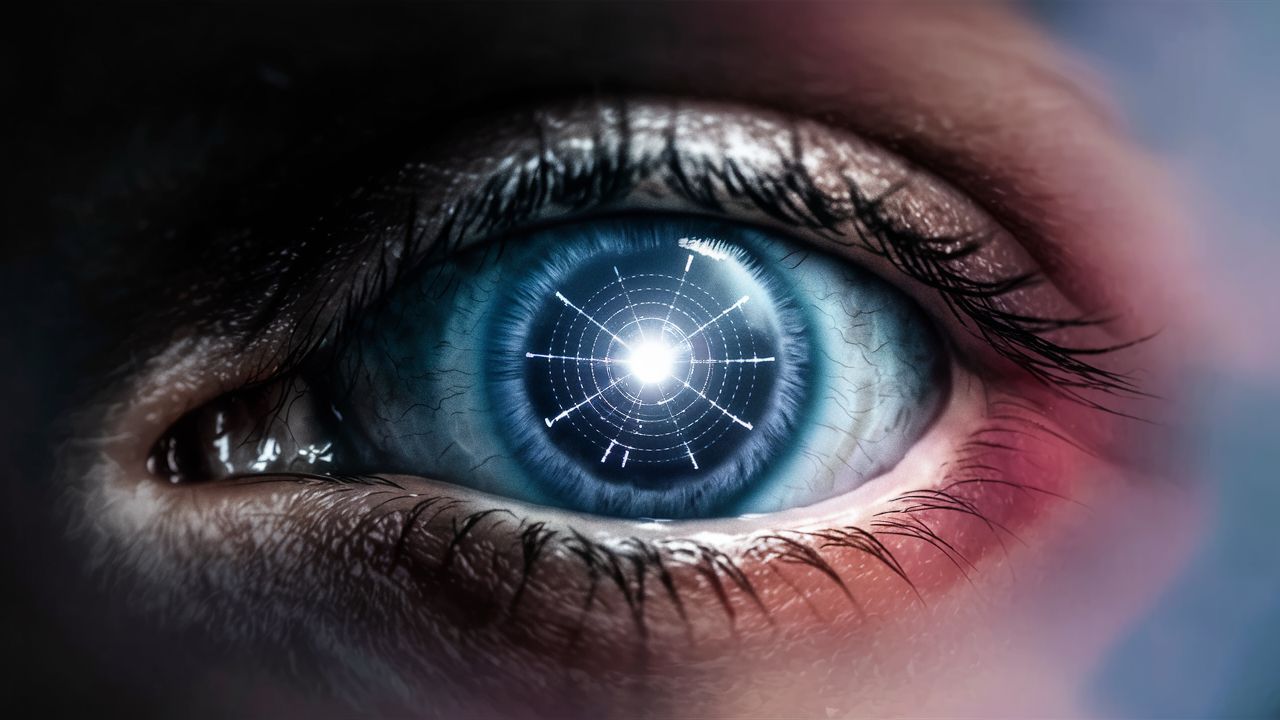Restoring Sight with Miniature Solar Panels in the Eyes: Scientists are on the Case!
Published by Cédric,
Article Author: Cédric DEPOND
Source: UNSW - University of New South Wales
Other Languages: FR, DE, ES, PT
Article Author: Cédric DEPOND
Source: UNSW - University of New South Wales
Other Languages: FR, DE, ES, PT
Follow us on Google News (click on ☆)

The idea of solar panels in the eyes might seem like something from a science fiction novel, but it is based on solid scientific foundations. These devices, known as neuroprostheses, are designed to interact with the nervous system to restore lost functions. Another well-known example is the cochlear implant, which stimulates the auditory nerve to improve hearing in people with severe deafness.
The UNSW researchers are now wondering if similar technology could be applied to vision, especially for those whose photoreceptors are damaged. These specialized retina cells absorb light and convert it into electrical signals transmitted to the brain, but their dysfunction can lead to progressive vision loss, as in the case of retinitis pigmentosa or age-related macular degeneration.
Dr. Udo Roemer, an engineer specializing in photovoltaics at UNSW, is conducting groundbreaking research in this field. His team is exploring the use of miniaturized solar cells to convert incoming light in the eye into electrical pulses, bypassing the damaged photoreceptors and transmitting visual information directly to the brain.
This approach presents significant technical challenges. To generate an electrical voltage sufficient to stimulate neurons, it is necessary to stack multiple solar cells, which requires extensive miniaturization. Additionally, the researchers are exploring alternative semiconductor materials such as gallium arsenide, which offer advantages in terms of property tuning and efficiency compared to conventional silicon.
Although this research is still in the preliminary stages, the initial results are promising. The researchers have succeeded in stacking two solar cells in the laboratory on a surface of about 0.15 square inches (1 cm²), paving the way for further testing on a smaller scale. The ultimate goal is to create implantable devices measuring about 0.003 square inches (2 mm²), with pixels of merely 50 micrometers, but thorough testing on animal and human models will be necessary before clinical application.
It's important to note that this technology, while innovative, is still far from being available for widespread clinical use. Challenges remain, particularly regarding the long-term safety and efficacy of such devices. However, the progress made by Dr. Roemer and his team opens exciting prospects for the future of treating vision disorders.